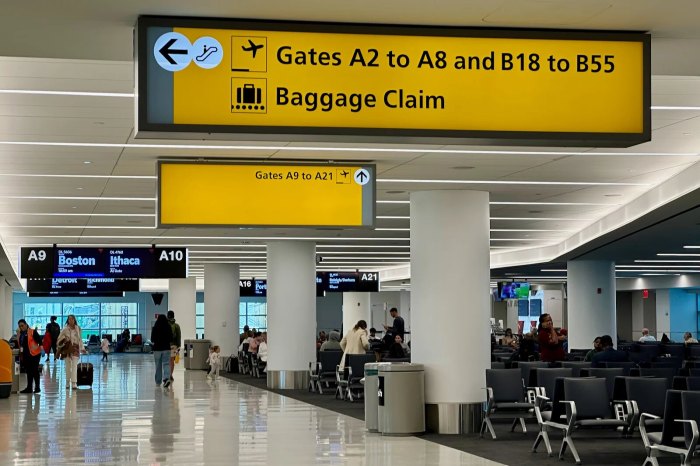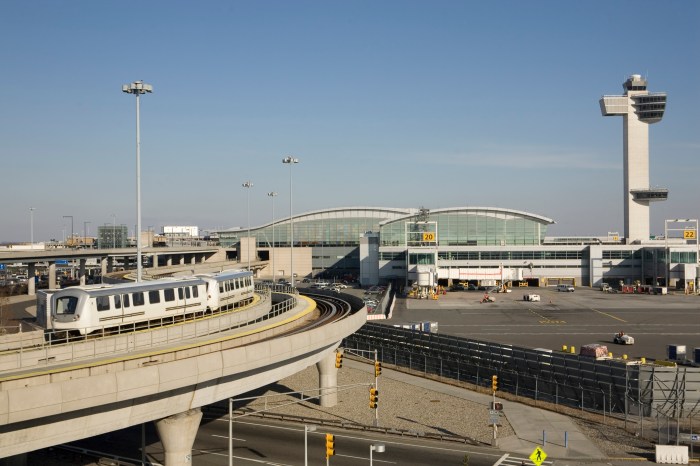By Bill Parry
The beleaguered No. 7 subway line’s 52nd Street subway station in Woodside/Sunnyside is being called the worst in the city, based on a report issued last week by the Citizens Budget Commission.
The grim study identifies the 33 stations in the worst condition, nearly half of which are in Queens. Six of the 10 worst stations are in the borough.
The MTA defended its spending priorities and a spokesman said, “Keep in mind that no other system in the world comes close to the number of stations we have in our system.” The report studied the infrastructure of the 467 subway stations citywide and the MTA’s system for repairing them, using a “components” approach that identifies and rates two categories: Architectural and Structural. Architectural includes appearance such as tiles and paint, while structural relates to functionality such as stairs and platform edges.
Of the 29 components at the 52nd Street station, 23 were deemed in need of repair, a whopping 79 percent that puts it at the top of the commission’s worst stations list.
“I’ve been using this station for more than 20 years and I’ve seen it decline steadily,” Woodside resident Christine Bellington said. “It’s never made me feel unsafe, though. I grew up in Rockaway and the A train is terrible.”
The 52nd Street station serves 2.2 million riders a year. The 103rd Street-Corona Plaza station on the No. 7 line was ranked fifth in the study. Over on the J line, 85th St-Forest Parkway finished second-worst in the city.
Three stations on the Astoria line made the list with 30th Avenue in fourth place, 36th Avenue in seventh and Woodhaven Boulevard in eighth. Astoria Boulevard in 11th place.
“The MTA has failed to recognize the rapid growth of our neighborhoods, and our infrastructure is not keeping pace,” state Sen. Michael Gianaris (D-Astoria) said. “I will continue to push to drastically improve train performance until all stations reach a good state of repair.”
The prospects for bringing all stations to a state of good repair are dim, according to the commission’s report.
“Even if the proposed five-year capital plan for 2015-2019 were fully funded— which it is not—the MTA’s current and planned pace of work would never bring all to SGR,” or state of good repair, the report said. “At this pace of progress SGR for all station components would not be achieved until 2067.”
To accelerate the pace, the commission recommends the MTA prioritize SGR work. “Shifting funds allocated for the next phase of the Second Avenue subway to station investments would cover 85 percent of the cost to bring all stations to a state of good repair in 30 years, it said.
By improving project management, more could be accomplished if projects were better managed to avoid cost overruns. It also suggested the MTA make effective use of public-private partnerships by borrowing from the city Parks model in establishing parks conservancies and tapping nonprofit organizations to marshal resources to rehabilitate and maintain stations on an ongoing basis.
“We respectfully disagree with their recommendation to reduce spending on expansion projects,” MTA spokesman Kevin Ortiz said. “At a time when growing ridership is leading to crowding and delays, we must pursue expansion projects that will accommodate more customers as well as provide new connection and opportunities for our customers.”
Ortiz pointed out that 17 percent of the MTA’s nearly $3 billion proposed capital plan deals with station work aggressively.
“However, as you know, our proposed program is underfunded, to a great extent because the city has not responded to this growing need and increased contribution.”
Ortiz also took issue with the commission’s claim that the MTA is ignoring Queens.
“Not true,” he said. “We have recently invested millions for stations in Queens—Court Square, 71st Avenue, and 10 stations in the Rockaways. Work is currently planned for stations along the Astoria Boulevard line. This is all on top of the hundreds of millions of dollars we’re investing for CBTC, the new signal system we’re installing on the 7 line and Queens Boulevard line.”
Reach reporter Bill Parry by e-mail at bparr



































